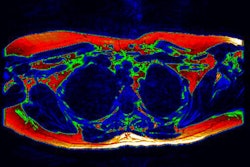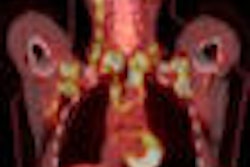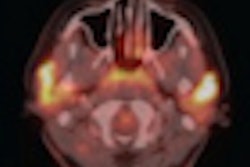Researchers at Joslin Diabetes Center and Children's Hospital Boston used PET scans to show that brown fat occurs in varying amounts in children and is most active in leaner youngsters, according to a study published in the Journal of Pediatrics.
The first author of the study was Dr. Laura Drubach, a radiologist in the division of nuclear medicine and molecular imaging at Children's Hospital Boston.
The PET imaging data documented the activity of brown fat and its amount, which increased through puberty and lessened thereafter. Brown fat differs from white fat in that it burns energy instead of storing it.
The researchers reviewed PET scans that had been conducted on 172 children between the ages of 5 and 21. Active brown fat was detected in 44% of the children, and the rate was similar between girls and boys. Children ages 13 to 15 had the highest percentage of detectable brown fat and the highest brown fat activity.
The group also found that body mass index correlated inversely with brown fat activity, meaning that the thinnest children had the highest brown fat activity.
"Increasing the amount of brown fat in children may be an effective approach at combating the ever-increasing rate of obesity and diabetes in children," said senior study author Dr. Aaron Cypess, PhD, an assistant investigator and staff physician at Joslin, in a statement about the research.




















